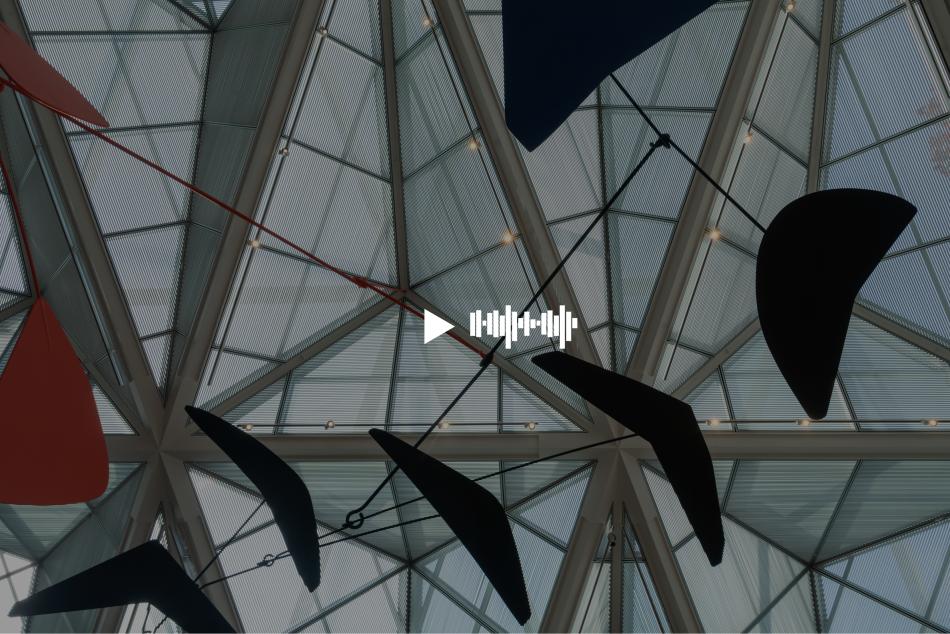NARRATOR:
To make this painting, Jean Dubuffet adopted a rudimentary technique you may have tried in elementary school. He applied layers of paint on the canvas, covered that in black paint, then scratched through the paint layers to create this scene.
Harry Cooper, curator and head of modern art, describes the artist’s method.
HARRY COOPER:
He was very interested in stepping back from all of the techniques of the academies and starting over in a way, as if he doesn’t know anything. After World War II, there was a feeling that he had—and a lot of his European compatriots had, too—that they couldn’t just continue doing what they were doing. They had to try to go for something, more basic, more direct. The old techniques just hadn’t worked. They hadn’t worked in politics, and they hadn’t worked in art. The results we see here really looked like a very direct sort of, untutored, burst of painting. And I think that’s the effect he wanted.
NARRATOR:
Dubuffet was fascinated by the art of the untrained, particularly by children and the mentally ill—a genre he called “art brut,” or raw art. Here he depicts a flat, jumbled landscape just as child might, with no sense of three-dimensional space. But the work is deceptively simple. Note how he enlivens the scene with color and meticulous, witty details.
HARRY COOPER:
I think the color draws us in. It welcomes us, it makes it much more fun, more playful. But also in some of the very fine drawing—if you look at the balustrades, the railings, the brickwork—he is sometimes slashing and smearing. But sometimes the scratching is very delicate and engaging.
NARRATOR:
A tireless innovator, Dubuffet experimented across a range of mediums and techniques. The graffiti-style technique you see here—and his art-making approach in general—influenced a generation of late twentieth-century artists including Jean-Michel Basquiat.




